This post continues on from my post last week So You Want To Be a Ski Instructor?
In my last post I covered the process by which you become a Ski Instructor, and some of the basics of the initial certification process.
But what’s it like to actually be a Ski Instructor? Well the honest truth is that it has it’s ups and downs.
But let’s start with the positives. You get to live in a beautiful environment, and for many their daily commute looks something like this:
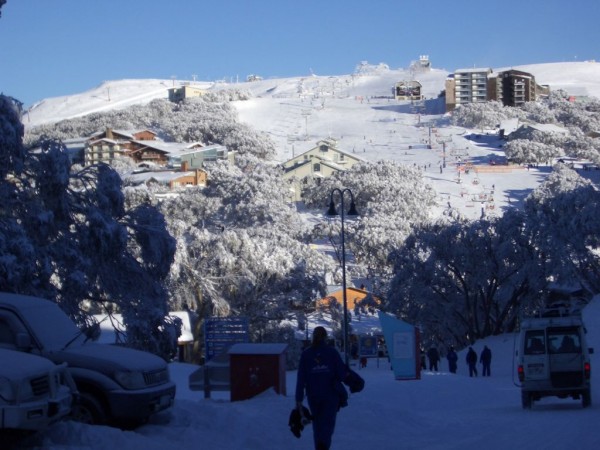
And the view from the office isn’t bad:
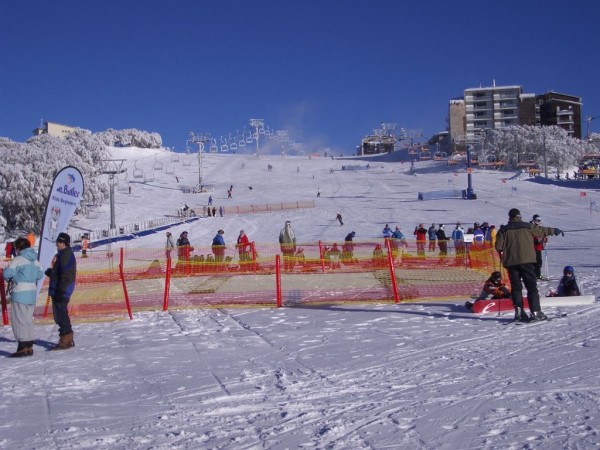
If you like working with people there’s no shortage:
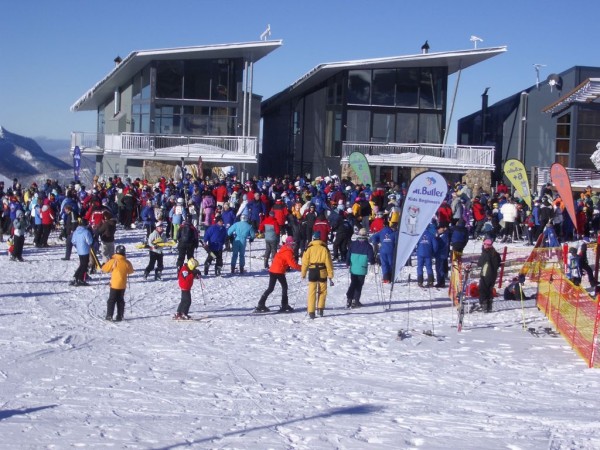
But what about the job itself? Unfortunately if you dream of breezing through the hiring clinig, being handed the Uniform and traipsing off to your favourite black runs saying ‘benz ze neez’ a few times a day, then you’re probably going to need to re-adjust your expectations.
After the hiring process there is usually a period of shadowing, where you follow experienced instructors and observe their lessons, potentially assisting if necessary, for about a week. It’s only then that you will find yourself on your own with a class, and you can bet your bottom dollar they will be beginners. Typically the hiring process allows you to teach Levels 1, 2 & possibly 3 until you become further certified, either by APSI (Australian Professional Snowsport Instructors), CSIA (Canadian Ski Instructors’ Alliance) or otherwise. Depending on the Ski School’s policies some people elect to teach Adults or Children only, but my personal experience is that this is a poor choice, it is much better for work prospects to remain flexible, and also each provides a nice break from each other. Naturally for the smaller children specialist positions do exist.
Fortunately there’s a surefire way to move your way up the levels – get certified. APSI certifications will unlock the door to spending time out on the mountain and also potential employment overseas. I personally found that once I reached Level 2 (now called Level 3) I was getting higher levels and having lots of fun, and of course Level 3 (now 4) and beyond was the icing on the cake. Training is taken very seriously by all the Ski Schools, and it’s an excellent setup as it has a dual benefit – the Ski Schools are able to offer higher quality lessons from qualified Instructors, and Instructors get access to the best trainers on their mountain to work on their skiing gratis.
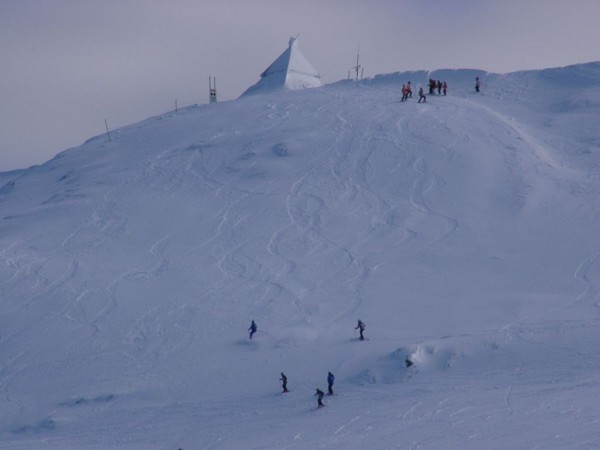
The next topic that can’t be avoided are the conditions. We all love skiing in Australia, but I think few people are under the impression that it’s always perfect. It’s often, wet, or foggy, or windy, or all of the above. But now that you’re an Instructor you need to front up in all conditions with a smile. Remember that as a rookie instructor you’re likely to be teaching beginners, who generally don’t know the joy of a bluebird powder day – they’ve driven up a big mountain, there’s white cold slippery stuff on the ground, so in general they think that this must be what it’s like, and it’s your attitude that can make or break their day. But that smile is often hard to muster when you have wet undies and a river flowing down your inner thigh.
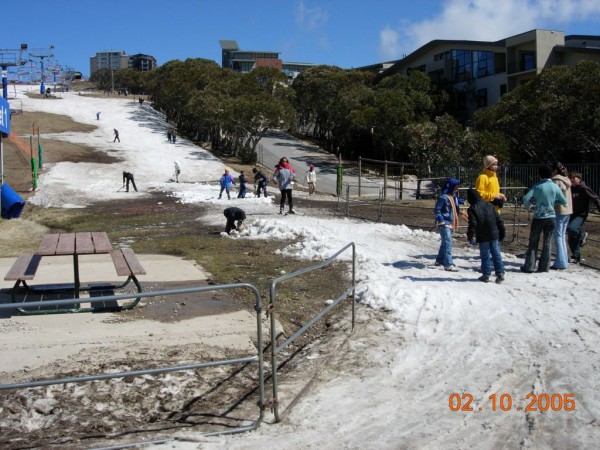
Next is the financial aspect. There’s an old joke amongst the instructing fraternity: “How do you make a million dollars as a Ski Instructor?” “Start with 2 Million!”. It’s not a job you want to do if you want to make a fortune. Entry level wages are generally approx $18/hr and can increase to in excess of $30 for experienced, qualified instructors, and depending on the ski school, in most cases you are only paid for the hours that you work, with no minimum guarantees. So while you can get up to a reasonably healthy hourly rate, the hours can fluctuate, you have 4 months off a year, and you have to buy all your gear, and an airfare overseas, and lots of beer……you can see where this one is going. Hard workers can save plenty of bucks but there are lots of distractions in ski towns.
It’s also a profession that lets you travel the world and meet some fantastic people from all over. Ski towns are usually very vibrant communities full of young fun people with a similar passion, and the kind of place you will make lifelong friends. I very much enjoyed living above the snowline, but many people enjoy life in Mansfield, Mt Beauty, Jindabyne etc. There’s never any shortage of companions for a drink or 10, nor lack of opportunities for romance. I met my now-wife in the ‘Magic Forest’ teaching area behind the Mt Buller Ski School – and no, before you ask, she was a fellow Instructor!
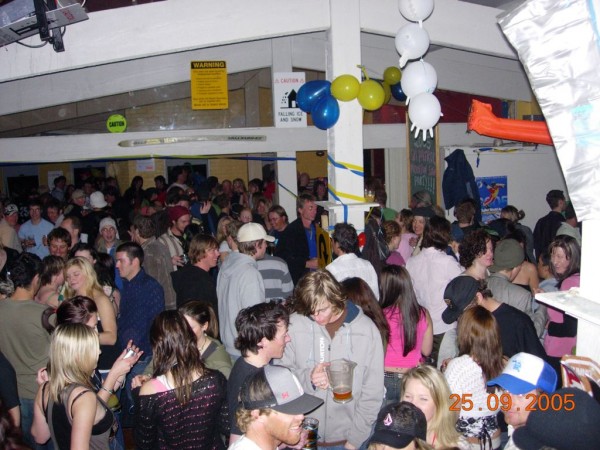
The hiring clinics start at the resorts in the next week or two – so what’s holding you back?
If you are, or have been an Instructor, please leve a comment below with your experiences, tips and tricks.
Remember to ‘Like’ aussieskier.com on the top RHS of this page & follow us on Twitter for the latest updates.
Also you can share this with your friends using the buttons below:


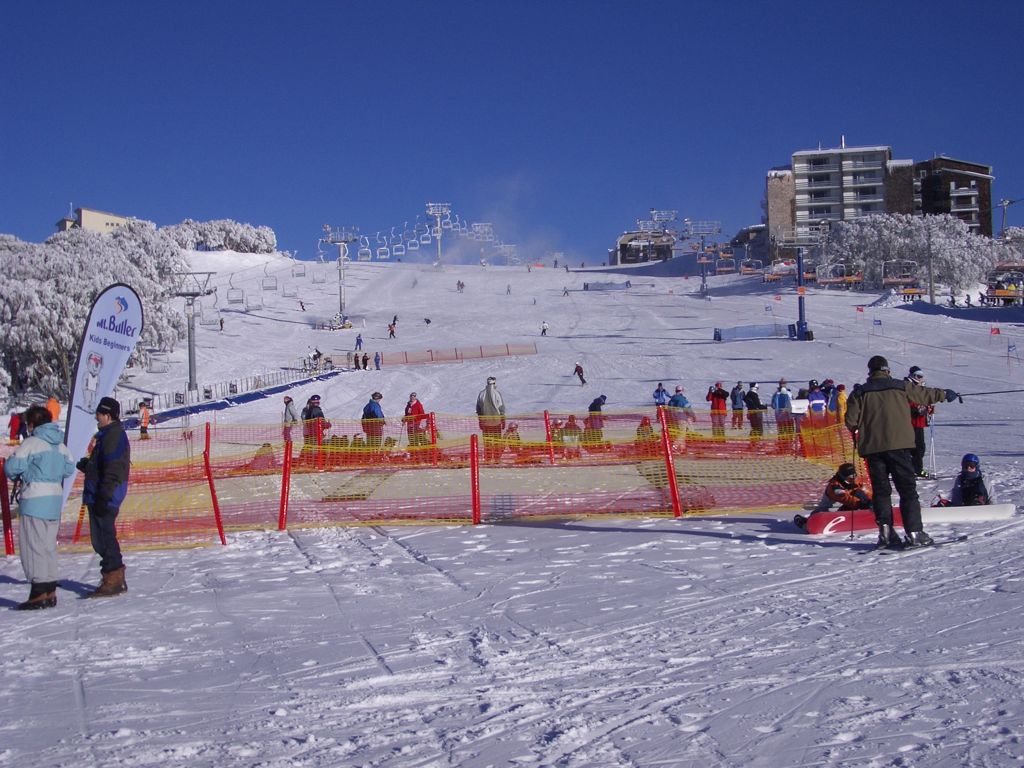

Hi,
I was looking at getting some training to become a ski instructor next year, and found this blog, and the previous one so helpful, so thankyou!
I am unsure as to the level of ski experience necessary to become an instructor, and was wondering if you had any recommendation/comment as to how this is assessed?
I have been skiing for about 10 years now, but only for about a week or so at a time, once a year (fitting it around school, uni, work etc) but I am usually doing blues and any available blacks in Australia, and harder blues and some blacks overseas (i.e. NZ and USA), but because I haven’t been skiing super regularly, I am worried maybe my skills are not up to scratch….
I see that some of the course at thredbo are ‘streamlined’ (i.e. shorter amount of time) depending on your current skiing ability, and was wondering how this was judged, as you obviously apply to a specific course before being ‘assessed’ on the mountain. Is there a point where they will tell you that you don’t need to be there for 6 weeks if you have underestimated your skiing level, or are you just stuck with what you have chosen beforehand?
Do you recommend doing qualifications/working in Australia before overseas, or the other way around, or are they much of a muchness? I was previously looking at courses in the US, but then thought it may help with employment prospects (and timing) to have had some training/experience locally first…
Any advice you have would be greatly appreciated!
Regards,
Heather
Hi RIchard,
Although a couple of years old now, I’ve found your two articles a useful overview of the situation.
I’m considering training as a ski instructor with an outlook to work outside of Australia; but one concern I have is employability when over 40 and on an Australian passport.
I know there are older instructors out there so age isn’t the issue, as such; my concern is around being granted a working visa.
Have you found that ski resorts can readily hire older Australians who fall outside of the “easily-granted-younger-person” working visa?
Cheers,
Kelly
Now a days people have a craze to get New Zealand Immigration. New Zealand is an awesome country for study, business and permanent residence. A lot of people having problems that how to get New Zealand Immigration or what will be the right process. For this here is a guy who is highly professional and ready for help: http://immigrationexperts.pk/new-zealand-immigration/
What is the age requirement to get the level 1 certificate?
ATWICS is a multinational immigration consultancy and home of multilingual and certified business consultants, specialized in business investment and immigration consultancy around the globe.
Comments are closed.